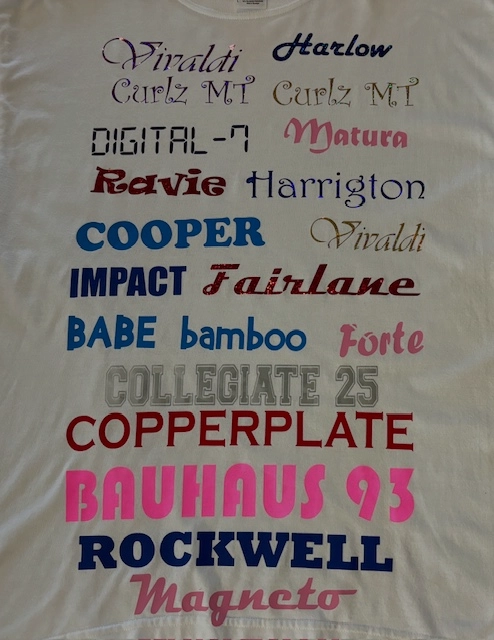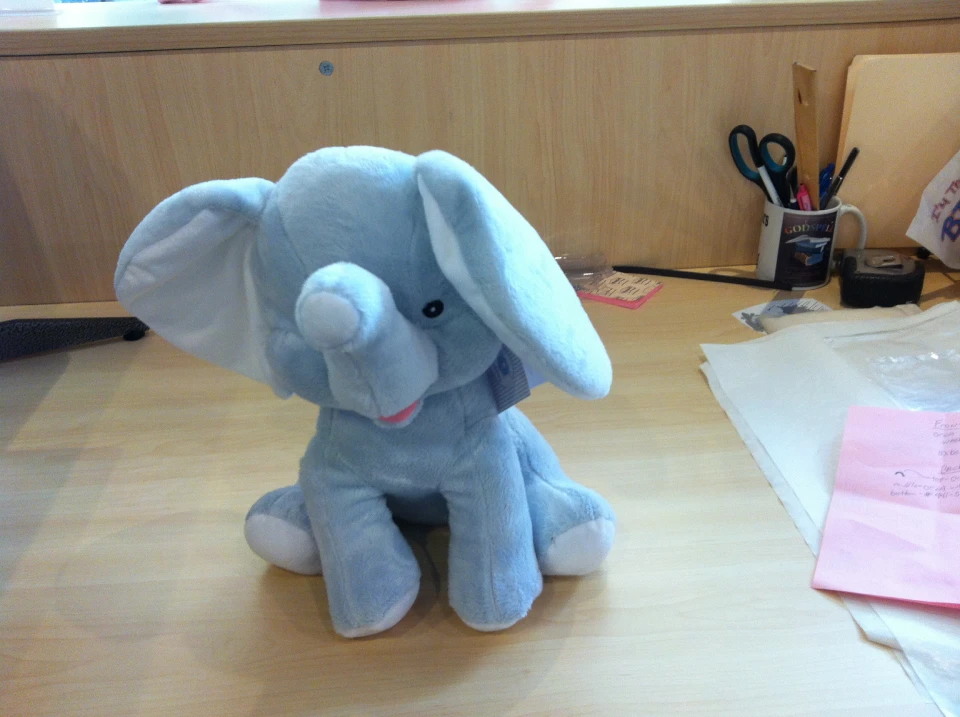Customized Embroidery for All Your Needs - From School Uniforms to Sports Teams
The Art of Customized Needlework: Opening the Tricks to Creating Special and Memorable Styles
The tricks to creating custom needlework styles that mesmerize the eye and leave a long lasting impression lie in a fragile equilibrium of method, creativity, and focus to information. As we dive right into the globe of custom-made needlework, we discover the nuanced interplay between thread selection, sew intricacy, and style personalization that elevates a simple garment to a work of art.
Choosing the Right Needlework Threads
When selecting embroidery strings, what key elements should you think about to ensure the very best results for your personalized styles? The choice of needlework thread is vital in identifying the last result of your stitched design. Among the primary considerations is the material of the thread. Various products such as cotton, polyester, rayon, and silk offer varying levels of shine, longevity, and texture. It is necessary to choose a string product that matches the textile you are stitching on and straightens with the wanted look of the style.
Additionally, the weight or thickness of the thread plays a significant duty in the look of the needlework. Thicker strings can add dimension and texture to your style, while finer strings are excellent for intricate details and small text. Furthermore, taking into consideration the shade fastness and washability of the string is crucial to ensure that your customized styles preserve their high quality and vibrancy gradually. By carefully examining these elements and choosing premium strings that satisfy your details requirements, you can enhance the visual allure and longevity of your embroidered creations.
Discovering Various Stitch Methods
To look into the world of 'Checking out Different Stitch Methods', one have to comprehend the intricacies and subtleties that each sewing method offers the art of embroidery. Different stitch strategies not only include aesthetic interest yet likewise contribute to the total appearance and dimension of the design. One preferred stitch method is the satin stitch, which involves very closely jam-packed parallel stitches to create a smooth and glossy surface, ideal for completing shapes and developing bold details.
On the other hand, the backstitch is a flexible strategy frequently made use of for outlining and adding great details. It entails stitching backward to produce a solid line of needlework. Additionally, the French knot stitch adds a tactile component to designs, ideal for producing distinctive accents like blossom centers or ornamental touches.
Discovering various stitch techniques permits embroiderers to play with light, darkness, and depth within their layouts, raising the aesthetic charm and imaginative quality of their needlework jobs. By grasping various sewing methods, one can unlock limitless opportunities for producing distinct and unforgettable customized embroidery pieces.
Incorporating Personalized Style Aspects
Having actually checked out the complexities of different stitch strategies such as the satin stitch, backstitch, and French knot, the focus currently moves towards including customized design components in custom needlework projects. Individualized style components play a critical duty in making needlework jobs really distinct and memorable.
Another way to include tailored style aspects is by including icons or concepts that hold special definition to the recipient or show their passions and personality. For instance, incorporating a preferred flower, pet, or hobby-related sign can make the embroidery layout extra significant and tailored. Furthermore, picking colors that resonate with the recipient or line up with the designated theme can additionally enhance the customization of the embroidery project.
Mastering the Art of Color Control

One secret element of color control is recognizing color theory. This consists of understanding how various shades communicate with each other, the feelings they communicate, and how they can be incorporated to produce visually attractive layouts. By applying color theory concepts, embroiderers can develop harmonious color combinations that boost the total look of the design.
Furthermore, taking notice of contrast is vital in color coordination. Utilizing contrasting colors website here can assist particular components of the design pop, improve clarity, and produce an aesthetically vibrant embroidery piece. By mastering the art of color sychronisation, embroiderers can boost their styles and develop unforgettable items that resonate with customers and audiences alike.
Enhancing Appearance With Advanced Needlework Stitches

French knots, for instance, are best for including little, raised dots to your style, imitating the appearance of beads or producing a textured surface. Bullion knots, on the other hand, can be utilized to produce twisted, ropelike elements that include an elegant feeling to the embroidery. Seed sewing entails little, scattered stitches that can fill out locations with a polychromatic appearance, while turkey job develops cosy, dimensional accents similar to animal fur or foliage. Try out these innovative embroidery stitches enables you to press the boundaries of conventional needlework and develop absolutely one-of-a-kind and aesthetically attractive structures in your layouts.
Conclusion
To conclude, the art of personalized needlework involves a combination of choosing the ideal threads, exploring numerous stitch methods, incorporating tailored style elements, understanding color control, and improving texture with sophisticated stitches. By understanding and applying these crucial elements, embroiderers can develop one-of-a-kind and remarkable go to my site layouts that showcase their creative thinking and skill. Needlework enthusiasts can open the secrets to creating stunning and bespoke pieces that stand out and leave a lasting impact.